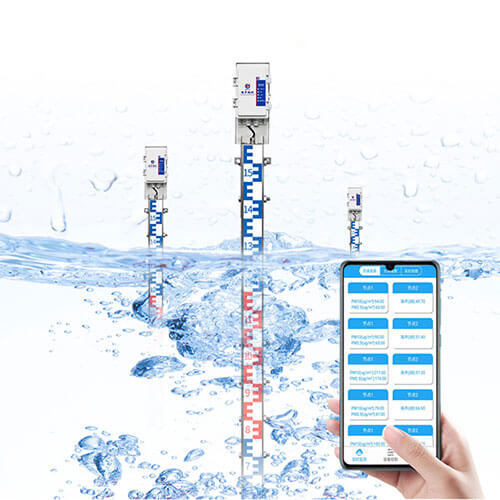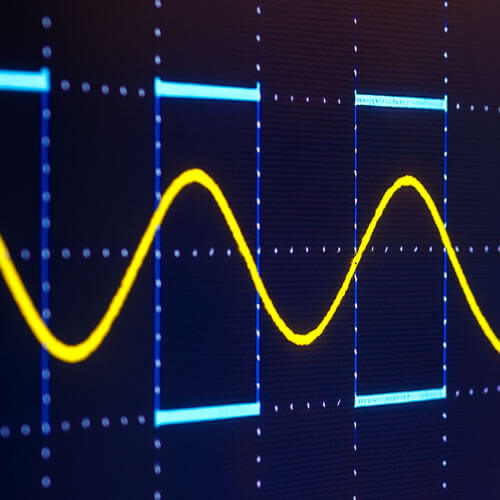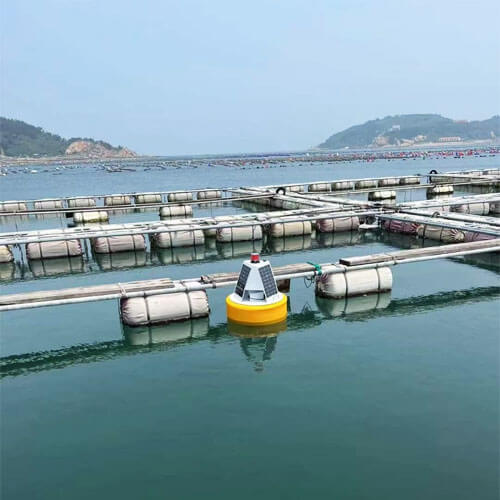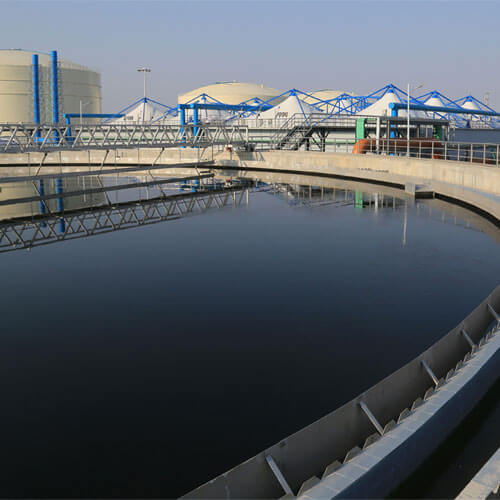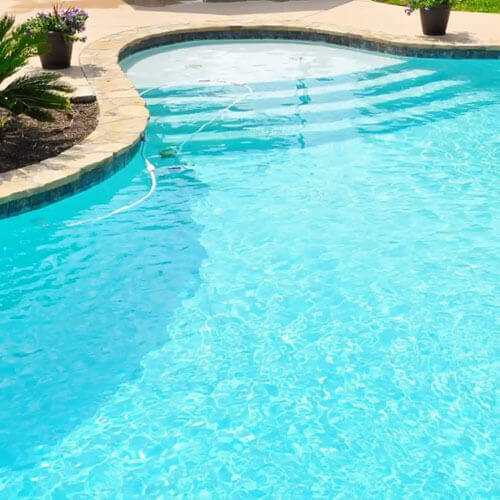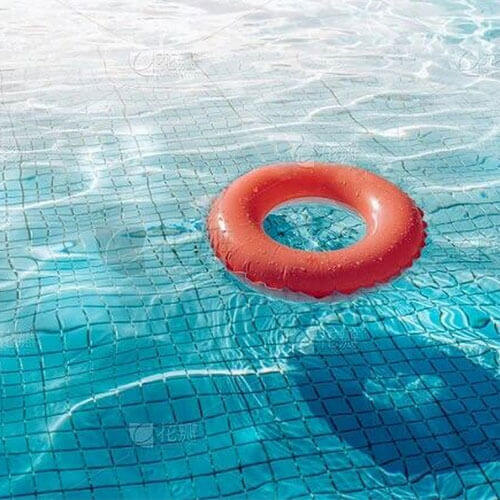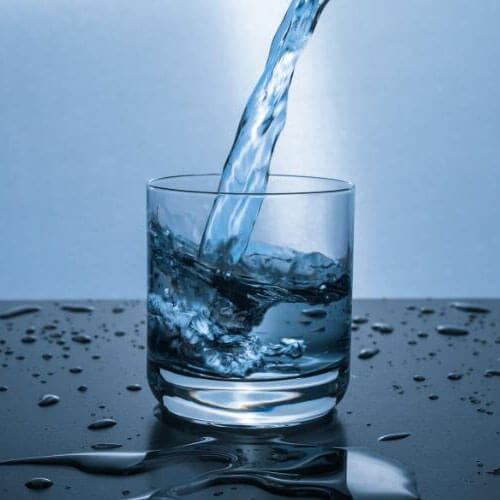Electronic water level measurement gauge is a new type of water level measurement sensor, which is composed of a PCB circuit board, a common electrode, detection electrode, epoxy resin, metal shell, cable, etc.
Working principle of electronic river water level gauge
Renke Electronic Water Level Gauge RS-DR-*-1 uses a series of electrodes arranged at equal intervals to collect water depth information. The electrodes of the collection circuit show different potentials in different conductivity. According to the potential status, it is judged whether the electrodes are submerged in the water. . Then judge the water depth based on how many electrodes are submerged in the water.
How to install the digital water level gauge
According to the actual situation of the site, the installation methods of the Renke electronic water level gauge RS-DR-*-1 can be divided into two types: vertical installation (hoisting) and inclined wall installation.
Vertical installation
According to the actual situation on-site, the sensor segments of different unit specifications can be combined into the required length, and then connected with a U-shaped connector to form an integral sensor.
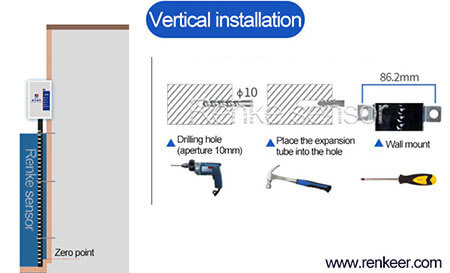
Tilted installation
Same as the vertical installation method. At this time, the measuring length of the sensor must be converted to the measuring height, so the measuring accuracy will be improved.
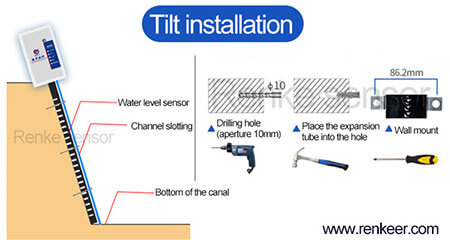
Working mode of electronic water level depth gauge
The electronic water level gauge meter has three working modes: altitude mode, water depth mode, and tilt mode.
Air height mode: water level value = total length of water gauge-water level + reference value
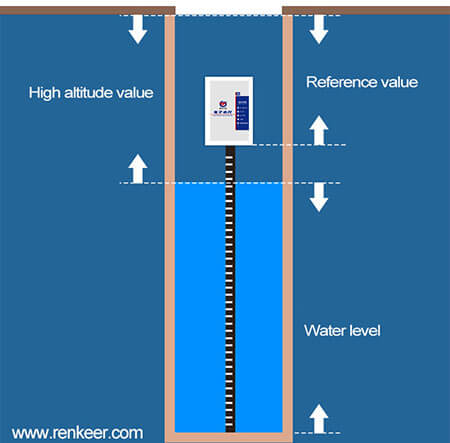
Water depth mode: water level value = water level + reference value
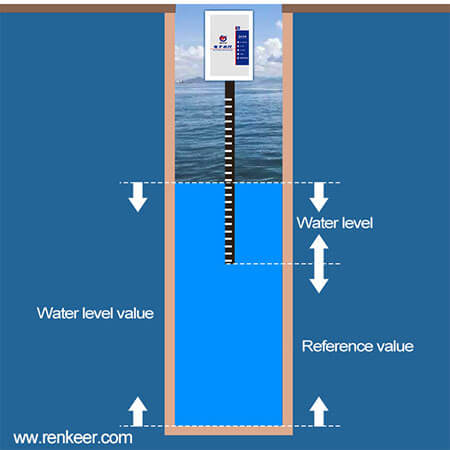
Tilt mode: water level value = water level * cos (angle) + reference value
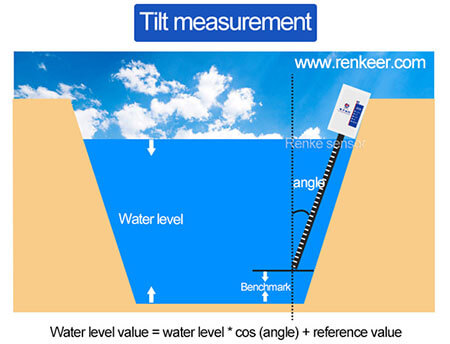
Precautions for using river level gauges
1. When installing, place the sensors in order according to the length of the sensor installation, and pay special attention to the correct orientation of the sensors.
2. When the connection length of the sensor is greater than 4 meters, install it step by step on site as much as possible;
3. When there are no auxiliary measures, it is not recommended to install after the overall cascade to prevent damage to the sensor during transportation and movement.

